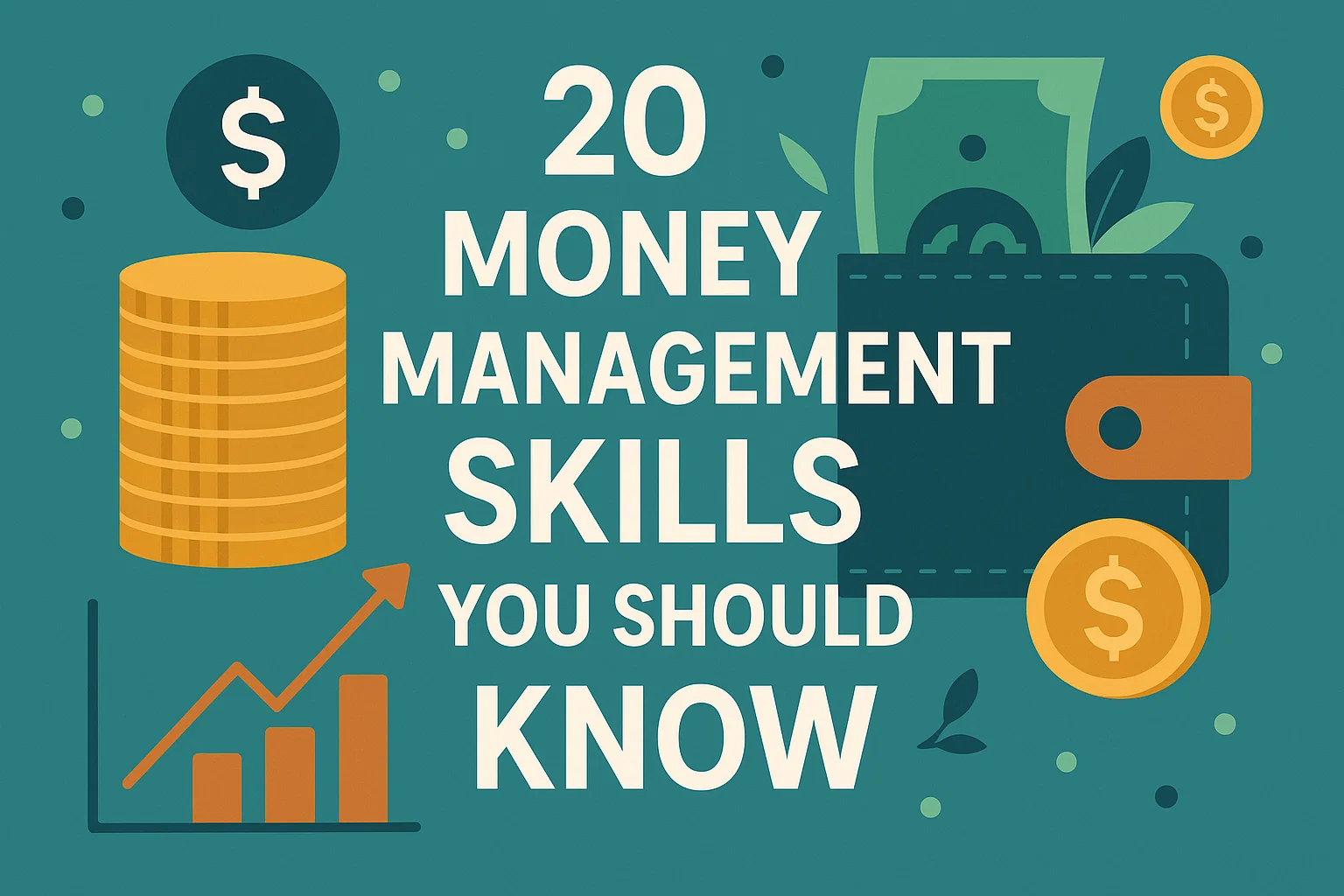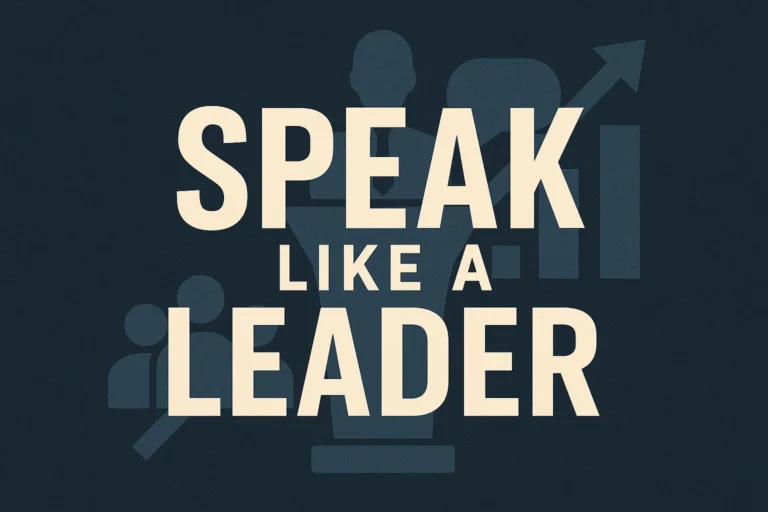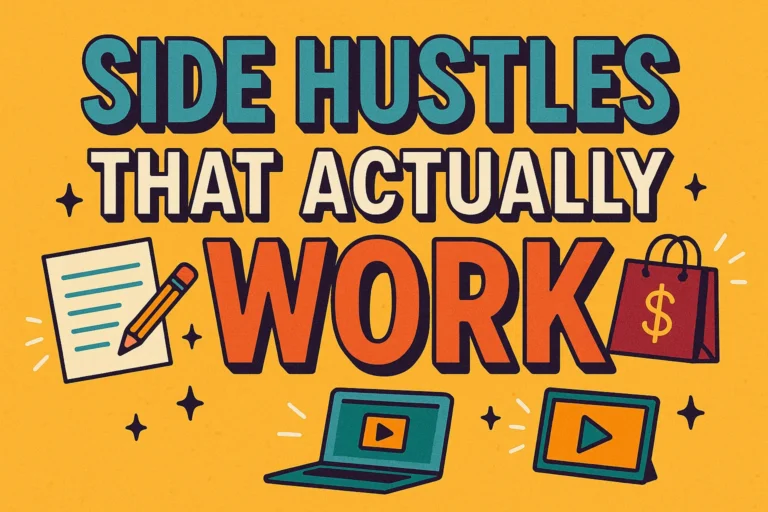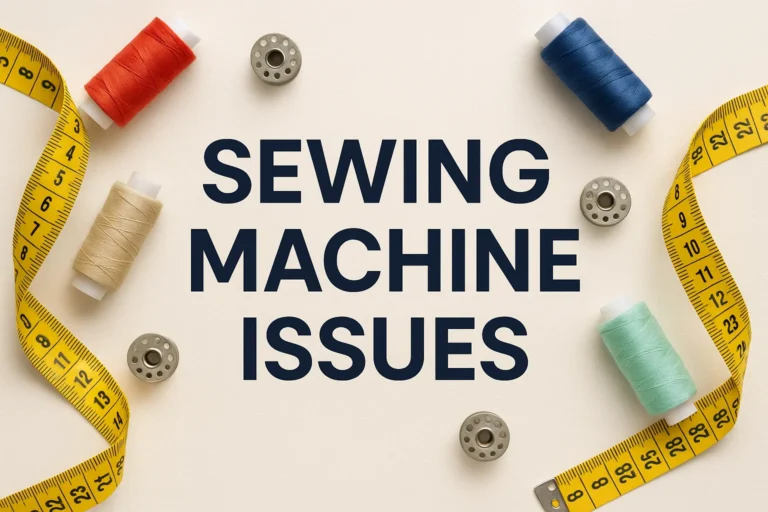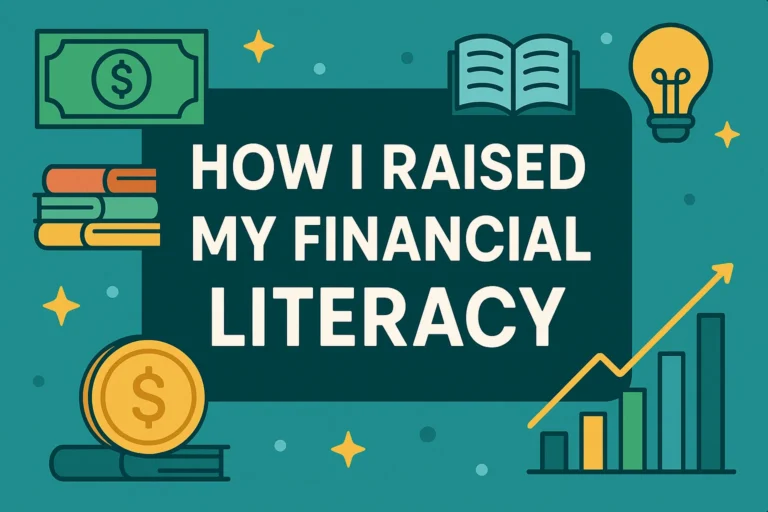20 Essential Money Management Activities to Boost Your Financial Skills
Alright, let’s cut through the noise. You want to get better with money, but the advice out there is either mind-numbingly boring or makes you feel like you need a finance degree just to understand your own bank account. Sound familiar?
I get it. I’ve been there, staring at my screen, wondering where all my money went and feeling a little pang of guilt for that third takeout coffee this week. But here’s the secret: becoming a money master isn’t about complex algorithms or depriving yourself of everything fun. It’s about building a set of simple, repeatable skills. It’s about turning financial anxiety into financial confidence, one small, manageable activity at a time.
Think of this as your friendly, no-judgment zone guide. We’re going to walk through 20 essential, real-world activities that will genuinely boost your financial skills. No fluff, just actionable stuff. Ready to finally feel in control? Let’s do this.
The Foundation: Know Thyself (And Thy Money)
You can’t fix what you don’t understand. This first set of activities is all about getting brutally honest with your current financial reality. It’s not the most glamorous part, but it’s the absolute most important.
Track Your Spending (Yes, All of It)
For one month, I want you to track every single penny that leaves your wallet or your bank account. And I mean every single one. That pack of gum? Track it. That subscription you forgot about? Track it.
- How to do it: Use a free app like Mint or PocketGuard that connects to your accounts. They do most of the heavy lifting for you. Prefer the old-school method? A simple notes app or a small notebook works too. The method doesn’t matter; the consistency does.
- Why it works: You can’t manage what you don’t measure. This activity holds up a mirror to your spending habits. You’ll likely find a few “oh wow, I spend that much on that?!” moments. It’s eye-opening, I promise.
Create a Budget That Doesn’t Suck
The word “budget” feels restrictive, right? Let’s reframe it. Think of it not as a straitjacket for your spending, but as a plan for your money to ensure it goes where you want it to go.
- My personal favorite method: The 50/30/20 rule. It’s stupidly simple.
- 50% of your take-home pay goes to Needs (rent, groceries, utilities, minimum debt payments).
- 30% goes to Wants (dining out, hobbies, shopping, that coffee).
- 20% goes to Savings and Debt Repayment (emergency fund, retirement, paying off credit cards faster).
- Why it works: It’s flexible and realistic. It doesn’t forbid you from having fun; it just encourages you to plan for it. It automatically builds saving into your life.
Check Your Credit Score (It’s Not as Scary as It Sounds)
Your credit score is your financial report card to the world. Landlords, lenders, and even some employers look at it. Ignoring it is like never checking your grades—you might be failing and not even know it.
- How to do it: Use a free service like Credit Karma or your bank’s built-in credit score tool. These are soft inquiries that don’t hurt your score.
- Why it works: Knowing your score is the first step to improving it. A good score can save you tens of thousands of dollars over your lifetime on lower interest rates for cars and mortgages. Seriously.
Leveling Up: Building Your Financial Muscles
Now that you know where you stand, it’s time to start building real, lasting wealth. These activities are about proactive growth.
Build a Mini Financial Force Field
Life loves to throw curveballs. Your car breaks down. You need a new laptop for work. Your pet suddenly needs a vet. An emergency fund is your financial force field against these surprises.
- The goal: Start with $1,000. That’s your mini force field. Your ultimate goal should be 3-6 months’ worth of essential living expenses.
- How to do it: Set up a small, automatic transfer from your checking account to a separate savings account every single payday. Even $25 adds up. Out of sight, out of mind.
Make Your Debt Cry Uncle
High-interest debt (looking at you, credit cards) is an emergency. It’s a wealth killer. Your next mission is to attack it with a vengeance.
- Tactic 1: The Avalanche Method. List your debts from the highest interest rate to the lowest. Pay the minimums on all, but throw every extra dollar at the debt with the highest rate. This is the mathematically smartest move.
- Tactic 2: The Snowball Method. List your debts from smallest balance to largest. Pay the minimums on all, but knock out the smallest debt first. The psychological win of paying something off completely can give you huge momentum. IMO, the best method is the one you’ll actually stick with.
Automate Your Financial Wins
Want to know the secret trick that all wealthy people use? They make saving automatic. They don’t rely on willpower.
- How to do it: Set up automatic contributions to your retirement account (like your 401(k)), your emergency fund, and any other savings goals. Do this the day after your paycheck hits your account.
- Why it works: You’re paying your future self first. You never see the money, so you never miss it. It’s the ultimate set-it-and-forget-it financial hack.
Negotiate One Bill This Month
How much time have you spent nervously avoiding a customer service call? I get it. But what if I told you a 10-minute call could save you hundreds a year?
- Targets: Call your internet, cable, or cell phone provider. Simply say, “Hi, I’m reviewing my monthly expenses and was hoping you could tell me if there are any current promotions or loyalty discounts I qualify for.”
- Why it works: Companies would rather give you a discount than lose you as a customer. The worst they can say is no. The best-case scenario? You just gave yourself a yearly raise for 10 minutes of mildly uncomfortable work. Not a bad trade-off 🙂
Plan Your Meals for the Week
I know, I know. It sounds like a chore. But hear me out. This is one of the single biggest levers you can pull to save money.
- How to do it: Pick a day (Sunday works well), look at what you already have in your pantry, plan 4-5 dinners for the week, and make a precise grocery list. Stick to the list.
- Why it works: It drastically cuts down on impulsive grocery buys and, even more importantly, on those “I’m too tired to cook” takeout orders that obliterate your food budget.
Mastering the Game: From Good to Great
You’ve got the basics down and you’re building momentum. Now let’s talk about making your money work for you.
Open a High-Yield Savings Account
Is your emergency fund sitting in a big bank savings account earning 0.01% interest? That’s not a savings account; that’s a storage unit. Your money is actually losing value to inflation there.
- The move: Open a High-Yield Savings Account (HYSA) at an online bank. They offer significantly higher interest rates because they have lower overhead costs.
- Why it works: It’s free money. Seriously. While everyone else is getting pennies, you could be earning hundreds of dollars a year on the cash you need to keep safe and liquid. It’s a no-brainer.
Get Your Retirement Match (It’s Free Money!)
If your employer offers a 401(k) match and you’re not contributing enough to get the full match, you are literally saying no to free money. Would you say no to a bonus? Exactly.
- The activity: Log into your benefits portal or talk to HR TODAY. Find out what the match is (e.g., “100% match on the first 3% of your salary”). Then, adjust your contribution to meet that threshold immediately.
- Why it works: This is an instant 100% return on your investment. You will not find a better deal anywhere else in the financial universe.
Try a No-Spend Weekend
This is a fun challenge that resets your habits and your relationship with spending. For one weekend, you don’t spend any money outside of absolute essentials.
- How to do it: Get creative! Go for a hike, have a picnic, read a book from your shelf, watch a movie you already own, clean out your closet. You’ll be amazed at how many free sources of entertainment are around you.
- Why it works: It breaks the cycle of spending out of boredom. It proves to yourself that you can have a great time without opening your wallet.
Review Your Subscriptions
We all have them. That streaming service you haven’t opened in months, the monthly snack box, the gym membership you never use. They silently drain your account.
- The activity: Go through your bank and credit card statements from the last three months. Highlight every recurring subscription. Cancel anything you don’t actively use and love.
- Why it works: This is like finding cash in your jacket pocket. It’s instant savings with zero impact on your quality of life.
The Final Five: Habits of the Wealthy
These are the subtle shifts that separate the financially comfortable from the truly prosperous.
Read One Personal Finance Article a Week
Commit to learning just a little bit each week. Follow a good finance blog, listen to a podcast on your commute, or read a book over a few months.
Set a SMART Financial Goal
A goal like “I want to save more money” is useless. Make it SMART: Specific, Measurable, Achievable, Relevant, and Time-bound. “I want to save $3,000 for a new laptop in 10 months by saving $300 per month.” Now that’s a plan.
Talk About Money With a Friend
Normalize talking about finances! You don’t have to share exact numbers, but discussing strategies, tips, and struggles with a trusted friend can be incredibly motivating and enlightening.
Plan Your Next Raise
Don’t just wait for your annual review. Document your accomplishments throughout the year. Schedule a meeting with your boss and make a case for why you deserve a raise. Your career is your biggest wealth-building asset—treat it like one.
Celebrate Your Wins!
Paid off a credit card? Saved your first $1,000?Stuck to your budget for a month? Celebrate that! Financial growth is a marathon, not a sprint. Acknowledging your progress is what keeps you motivated for the long haul.
You’ve Got This
Look, becoming a money maestro isn’t about perfection. It’s about progress. You won’t do all 20 of these things this month, and that’s okay. Pick one or two that resonate with you and start there. The most important step is always the first one.
The goal here is to replace that feeling of financial anxiety with a sense of confidence and control. You have the power to direct your money, instead of letting it direct you. So, which activity are you going to try first?

